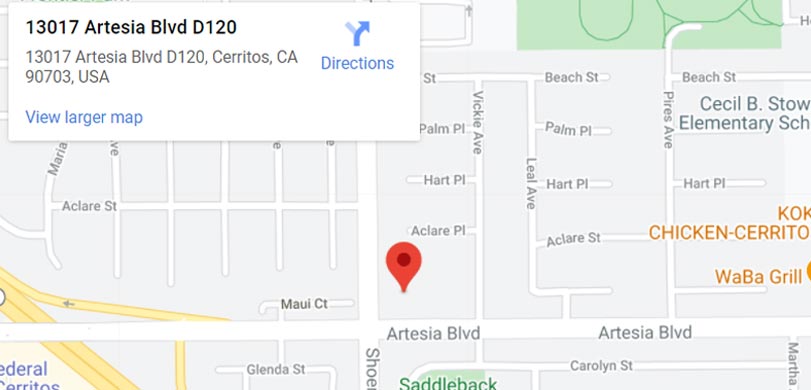Dental inlays are an important tool in your dentist’s toolbox. These pre-molded fillings are a great middle-ground option between a traditional filling and a dental crown. So can inlays be replaced?
Can Inlays Be Replaced?
While the longevity of your inlays will depend on your daily hygiene routine and habits, you can generally expect them to last between 15 and 20 years. Once your inlays begin to break down, they can be replaced with relative ease.
What Are Dental Inlays Designed For?
Dental inlays are used in very specific circumstances. When it comes to caring for a decaying tooth, there are approximately five levels of care, and dental inlays are essentially the second step on that ladder.
Five Levels of Care for Tooth Decay:
Fillings:
Dental fillings are reserved for small areas of decay. The damaged area is small enough that removing the decay does not significantly undermine the structure of the tooth. Dental fillings are also usually only used in areas where there is very little physical stress.
Dental Inlays:
Now, dental inlays are used to replace larger areas of decay in the grooves of your tooth. In these cases, a filling would not provide the stability needed to hold the tooth together long-term. Inlays are molded according to impressions taken by your dentist.
Dental Onlays:
Dental onlays are very similar to inlays with one notable exception. And dental onlays are used when the bite surface of the tooth has been affected by decay. An onlay may fit into the groove of your tooth as well, but it fits more like a cap over at least a portion of the bite surface.
Dental Crown:
Dental crowns are used when there is significant damage to the tooth. Also, dental crowns are almost always necessary if you require a root canal, as they provide superior structural support by covering the entire visible surface of the tooth from the bite surface to the gumline.
Extraction:
When tooth decay has advanced to the point where the tooth is no longer viable even with structural support, then extraction is typically the only remaining option. If you ever find yourself in this situation, your dentist in Cerritos will talk you through all of your viable tooth replacement options.
The Process of Replacing a Dental Inlay
Placing a dental inlay in Cerritos and replacing a dental inlay are almost identical procedures. The only real difference is the type of material your dentist has to remove before they are able to take your impressions and proceed.
Step 1:
When you first start the process of having your dental inlays placed, your dentist will need to remove all of the decayed tissue from the affected area. When you are having a dental inlay replaced, your dentist will need to remove what is left of the original inlay.
Step 2:
In both cases, your dentist will then take impressions or a scan of the affected area. A copy of the impressions or scan will be sent off to a lab. At the lab, your inlays will be carefully crafted to perfectly fit your tooth according to the information provided by your dentist.
Step 3:
In the meantime, you may have a temporary filling to help stabilize and protect your tooth. But only while the lab is making your new inlays. Your dentist will provide you with an estimate for when your inlays should be completed. And you can schedule an appointment to fit that timeline.
Step 4:
Once your dental inlays are ready and it’s time for your appointment, your dentist will carefully place your perfectly fitting dental inlays. They may administer a light local anesthetic to help ensure your comfort during this process. But it isn’t an invasive process.






